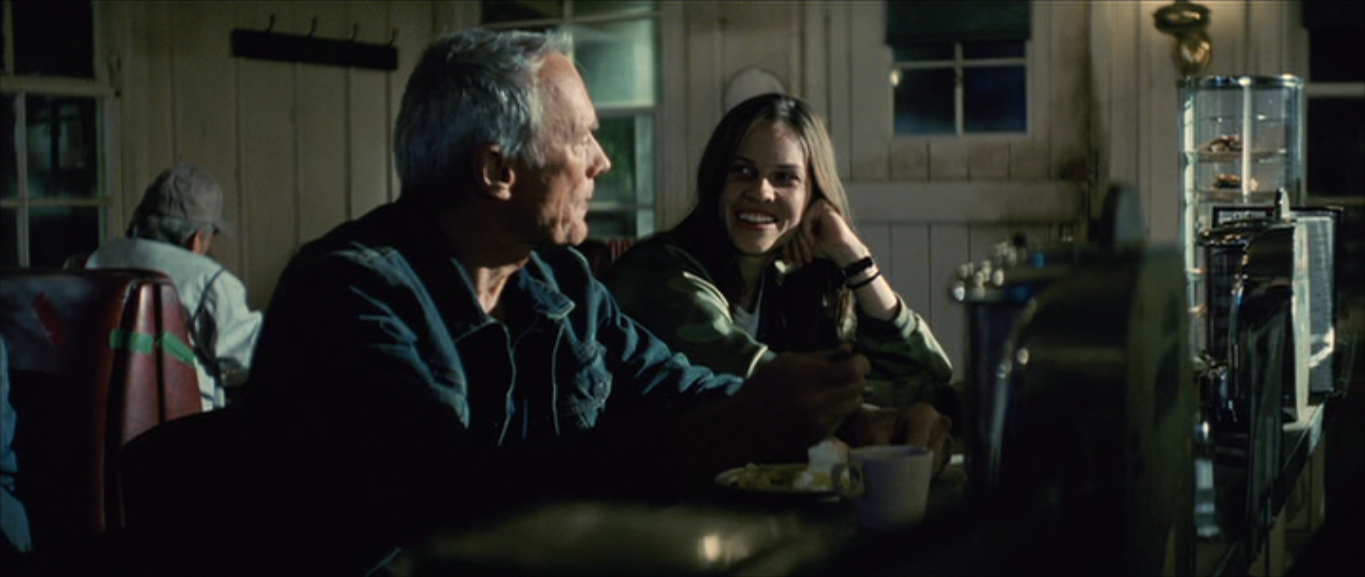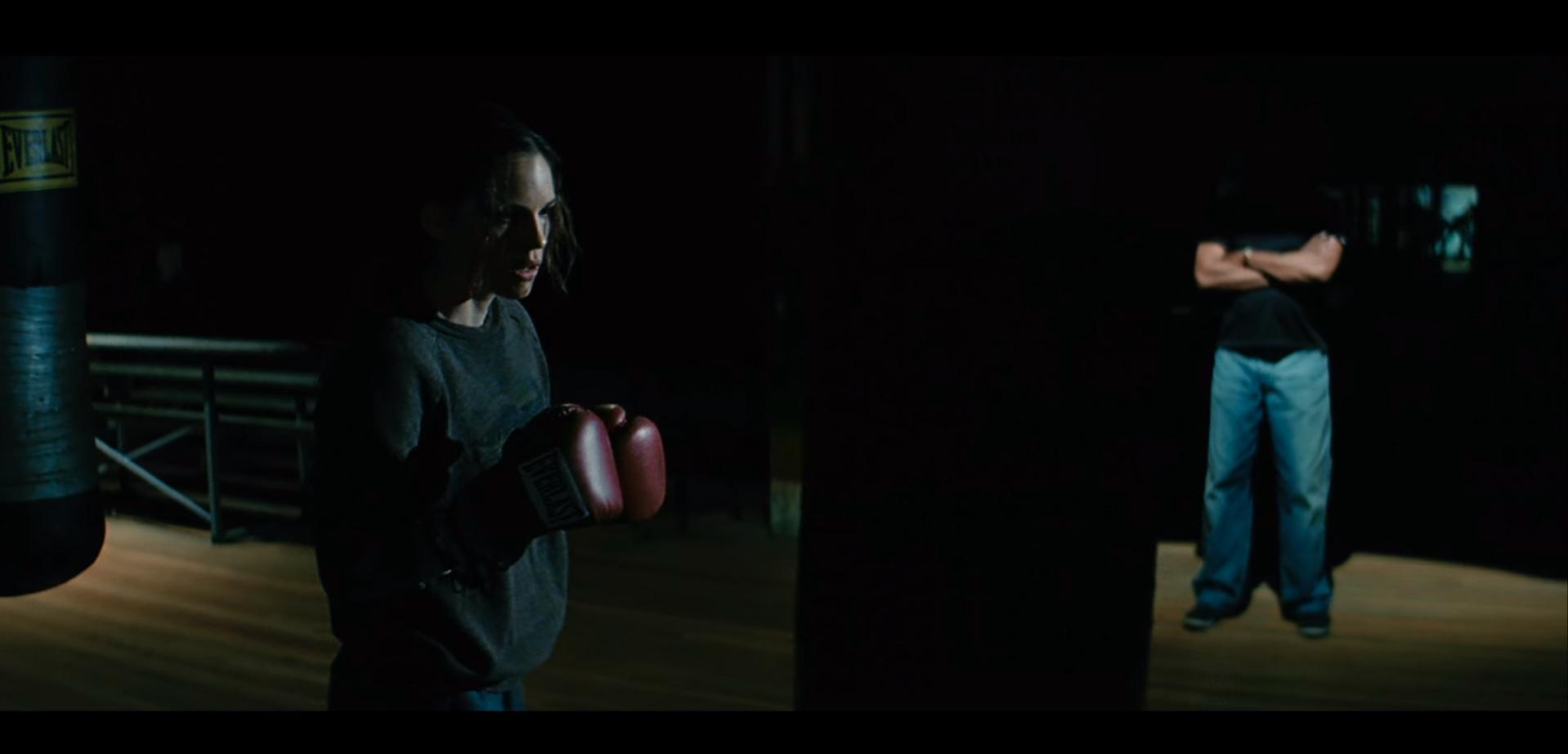- This topic has 3 replies, 3 voices, and was last updated 9 months, 1 week ago by .
-
Topic
-
I don’t know if it’s the right part of the forum to post this, but i’ve been wondering for a lot of time about the meaning of Million Dollar Baby lighting. I think Clint Eastwood and Tom Stern collaboration created great movies and I love this one in particular. Perhaps it’s the first movie that really made me reflect about the “meaning” of the lights in a movie. What struck me the most are the shadows: while there are many scenes on the ring with very soft and light shadows, there are many other in the movie with very hard and defined shadows and the characters seem to sink in them, and i keep on wondering “why?” .



I don’t think the answer is just “because it looks cool” and it’s not just for creating the spotlight effect of a gym or the ring: they are everywhere in the movie, even when they don’t actually make sense: that’s the point, i am sure they did it on purpose, but what’s the purpose then?
Apart from the dramatic and stylistic effect, I see a deliberate choice behind it . They are not only elegant and beautiful , somehow they anticipate the finale, to me. I hope not to spoiler it too much, but it forces the audience to reflect about what is ethically right, what it’s not and if there’s a grey area in between. So to me the hard edges of the shadow means that the characters have just one path available : either in the light or in the shadow, but a defined choice must be made.What do you think? Am I looking too much into the meaning of this lighting or is it actually a way that cinematographers (like Roger or others) can use to contribute to tell the story of the movie? A hard story may require hard lights?
Thanks!
PS: i think Tom Stern would be a very interesting guest for the podcast, if you didn’t consider it so far! 🙂
- You must be logged in to reply to this topic.

